With the Support of EU Project Pravo-Justice, a Report was Presented on the Analysis of Court Trials in War Crimes Cases
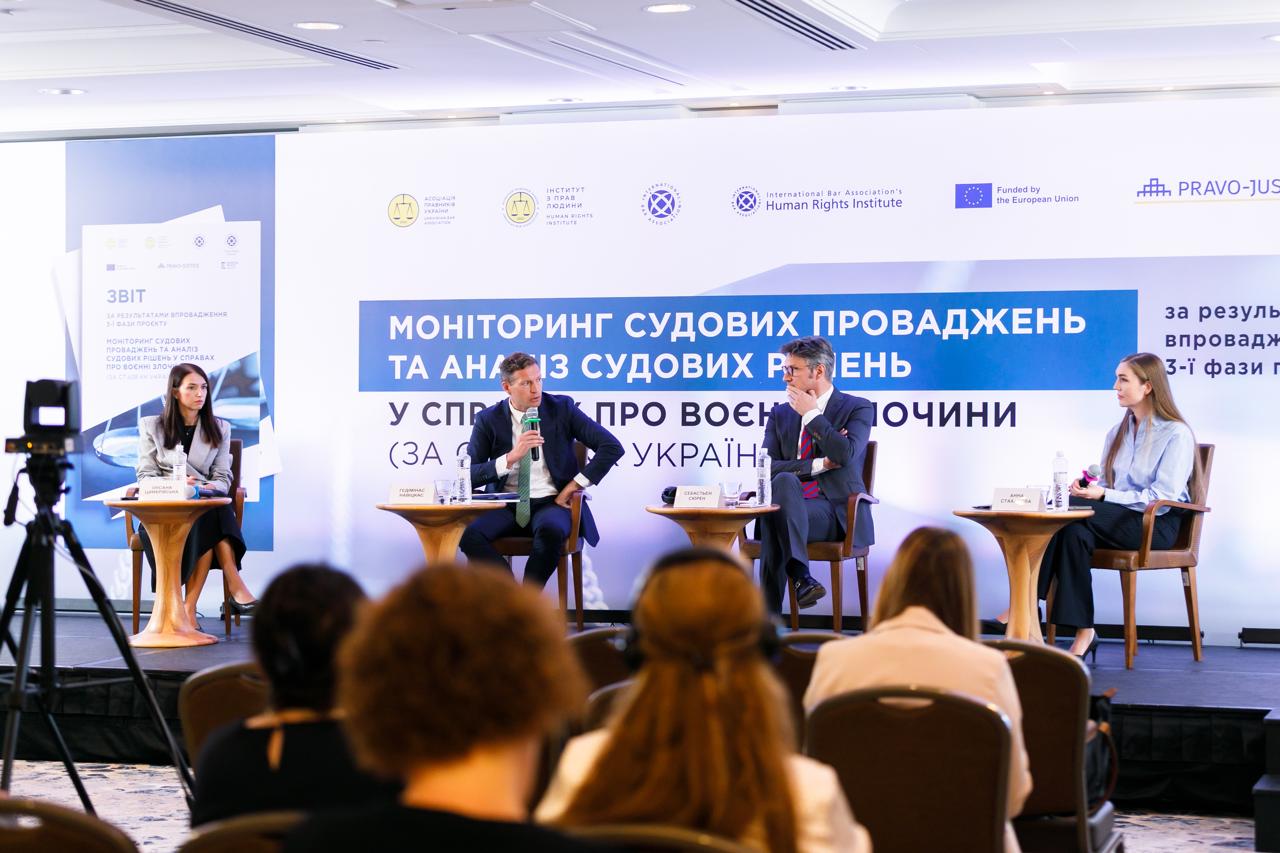
As of September 1, 2025, 179,803 crimes under Article 438 of the Criminal Code of Ukraine (war crimes) had been registered in Ukraine, their number constantly growing. This is stated in the report ‘Monitoring of court trials and analysis of court decisions in war crimes cases (under Article 438 of the Criminal Code of Ukraine)’, prepared by the Ukrainian Bar Association in cooperation with EU Project Pravo-Justice, the Human Rights Institute of the Ukrainian Bar Association, and the International Bar Association.
The presentation of the analysis took place on September 23, in Kyiv. This is the third report prepared based on the results of the implementation of the Project on monitoring court trials and analysing court decisions in war crimes cases.
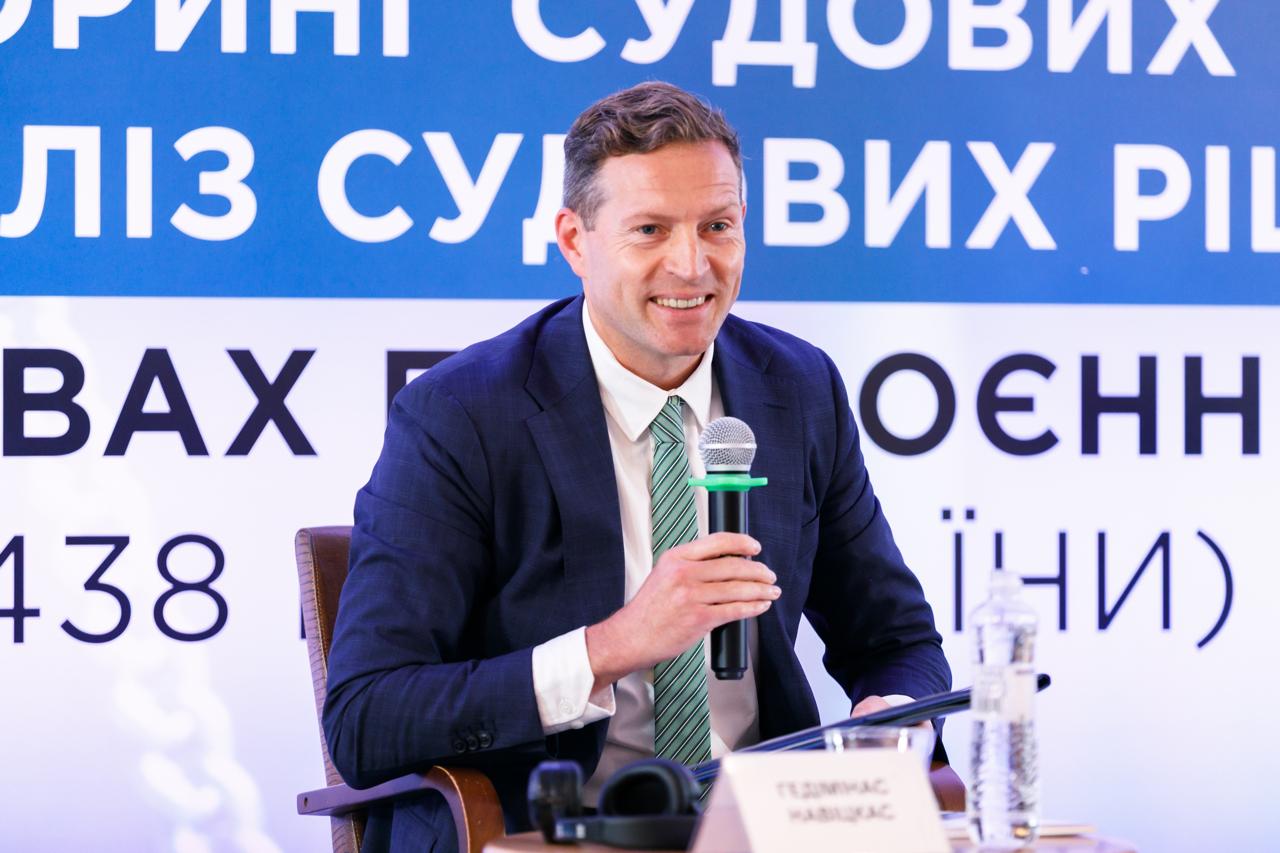
“Today’s report reminds us that justice, even in times of war, must remain transparent, impartial, and firmly rooted in respect for human rights. This is the only way to ensure accountability and restore public trust,” emphasised Gediminas Navickas, Deputy Head of the EU Delegation to Ukraine.
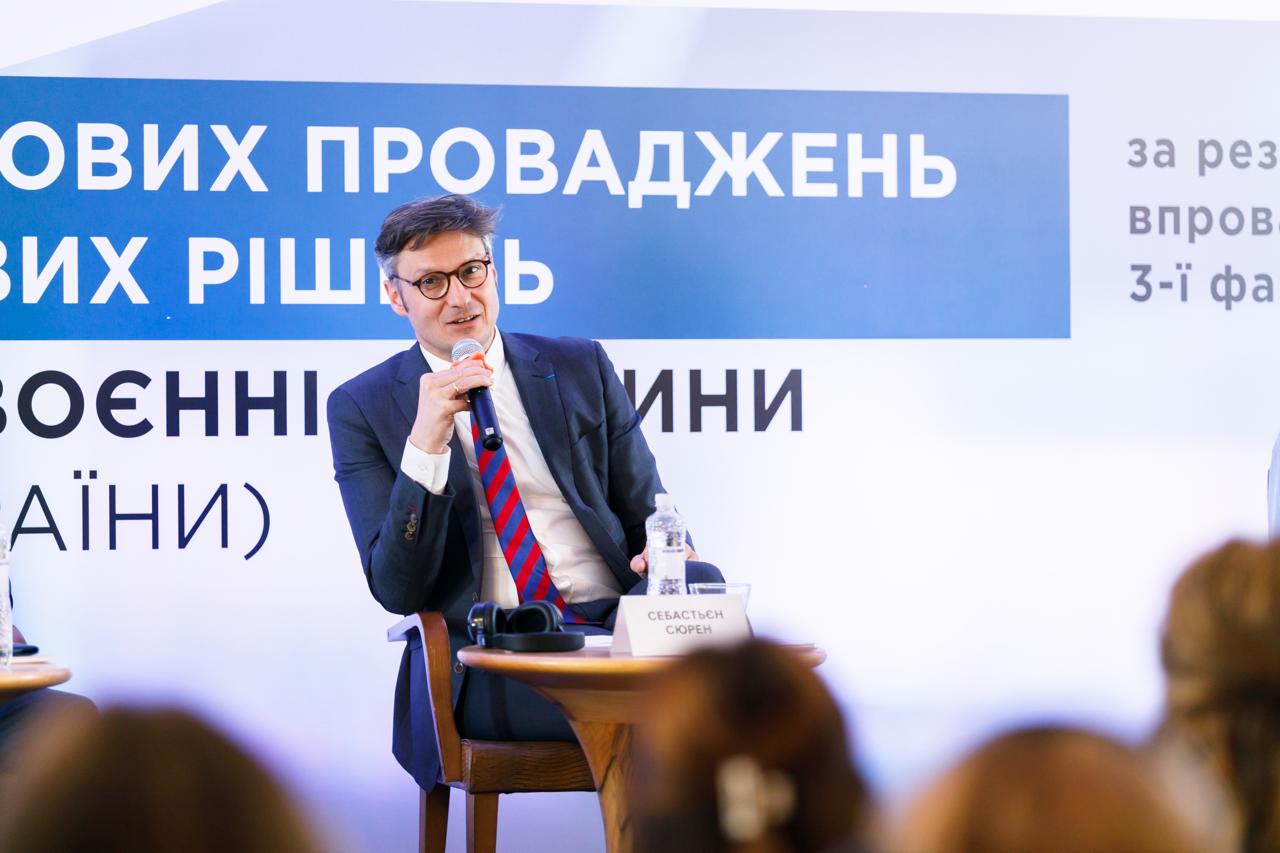
For his part, Sebastien Surun, Deputy Head of Mission at the Embassy of France to Ukraine, noted that the analysis was not abstract, but based on observations in the courtroom and the daily work of prosecutors, judges, lawyers, victims and witnesses.
“The report serves as a roadmap for the future, as the recommendations it contains apply to all participants to court proceedings: courts, prosecutors, lawyers, judicial government bodies, media, and civil society. They call for more open and accessible hearings; stronger procedural behaviour from lawyers and prosecutors; better scheduling of cases; improved translation, notification, and interpretation, and, most importantly, greater protection and support for victims and witnesses,” added Sebastien Surun.
The monitoring focused on fundamental guarantees such as the right to an independent and impartial trial, the right to translation, the presumption of innocence, the publicity and reasoning of court decisions, etc. According to the authors of the initiative, the effectiveness of implementing certain elements of the right to defence remained problematic. In addition, the monitors also noted structural challenges that tended to worsen, including a shortage of judges, an increasing workload on certain courts, and difficulties in accessing complete information about trials, among others.
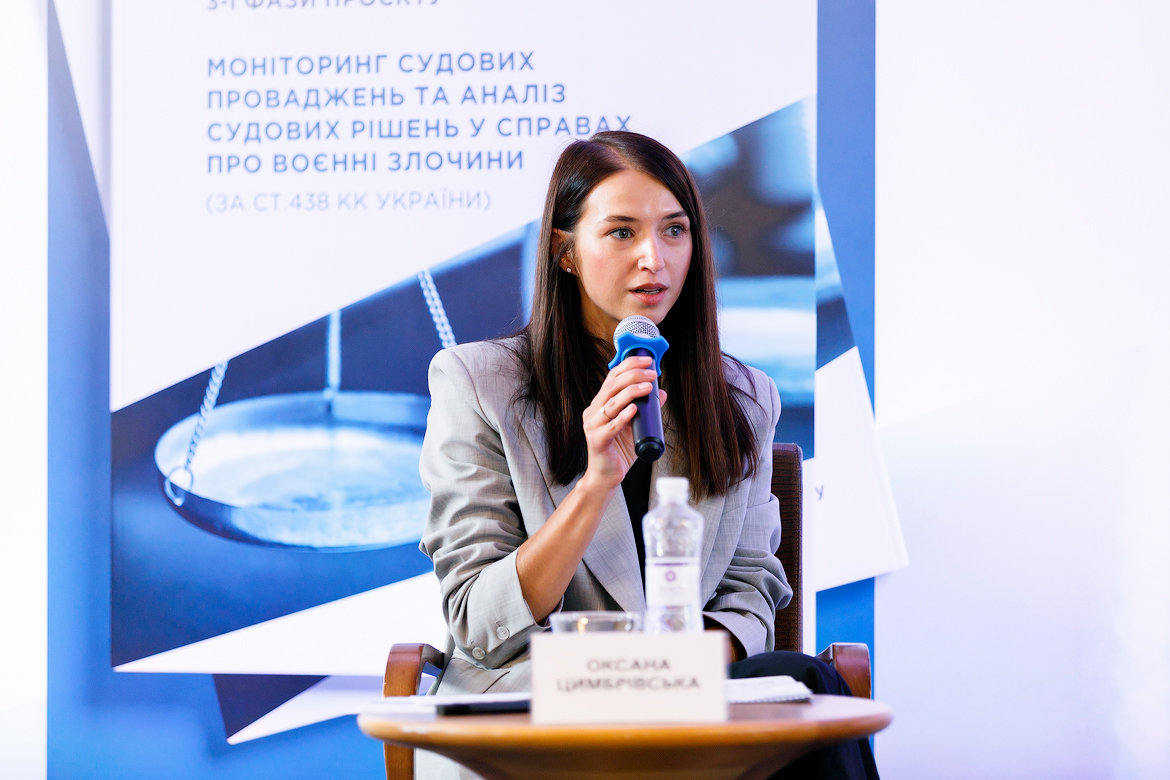
At the same time, a positive trend towards improving the quality of court decisions has been noted. According to the authors of the report, verdicts have better reasoning, contain a complete legal analysis of the elements of the crime, their narrative becoming more structured and better justified.
“The main conclusion of this report is that, despite the challenges of war, Ukrainian courts are demonstrating a commitment to the key guarantees of fair trial. This is very important for both citizens and the international community. After all, at a time when the Russian Federation systematically disregards international law, Ukraine, even when handling war crimes cases amidst a full-scale war, proves being able to ensure standards of fair trial,” emphasised Oksana Tsymbrivska, Team Leader of EU Project Pravo-Justice.
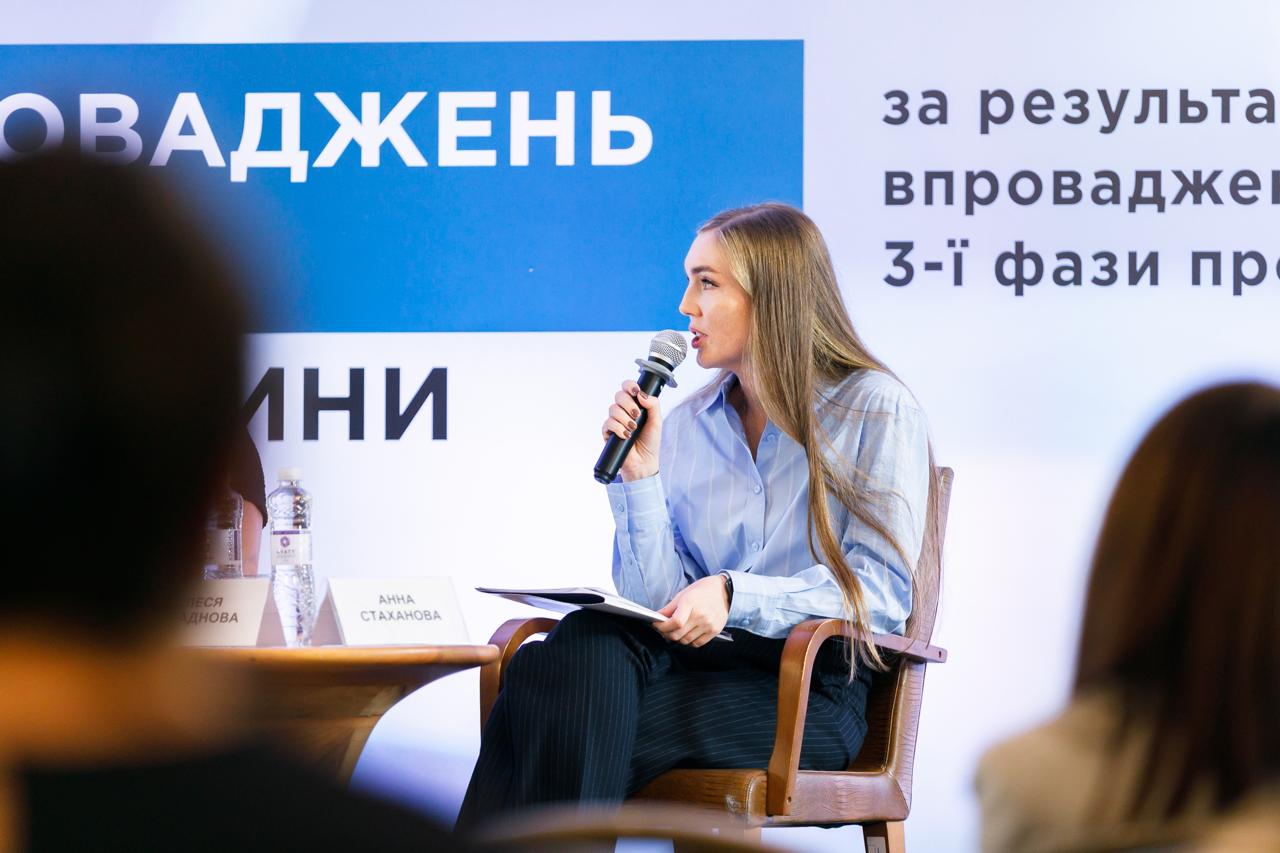
In turn, Anna Stakhanova, co-author of the report and Key Expert on international criminal justice at EU Project Pravo-Justice, emphasised that monitoring of court trials in war crimes cases demonstrated steady progress.
“Over the past eight months, more than 1,100 court hearings have been recorded and 55 first-instance verdicts have been analysed. These figures are not just statistics. They are proof that even during the war, Ukraine is building a justice system thqt is grounded in law, transparent and committed to fairness,” said Anna Stakhanova.
It should be noted that phase three of the Project covers the period from November 1, 2024 till June 30, 2025. During the third phase, 292 criminal proceedings and over 1,100 court hearings were monitored. The monitors attended 644 court hearings, which allowed them to form a representative sample for the analysis of judicial practice.